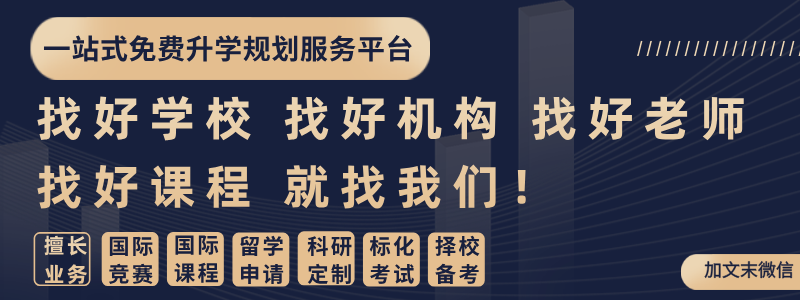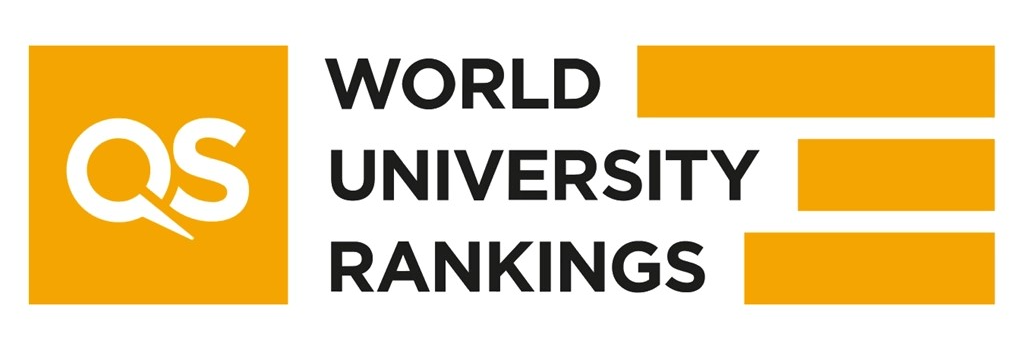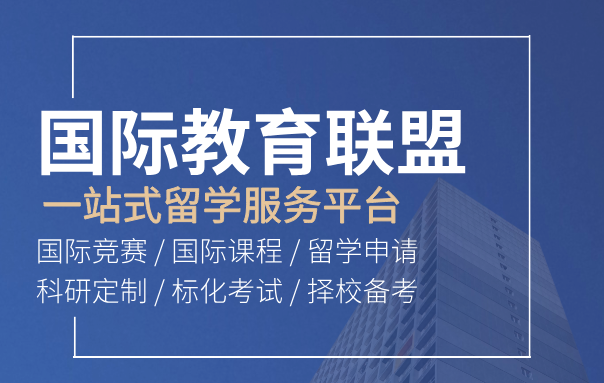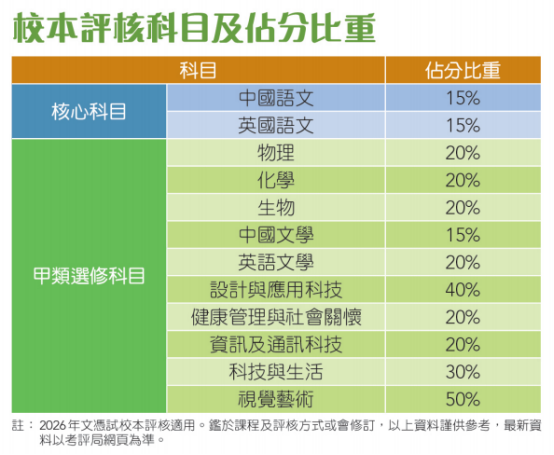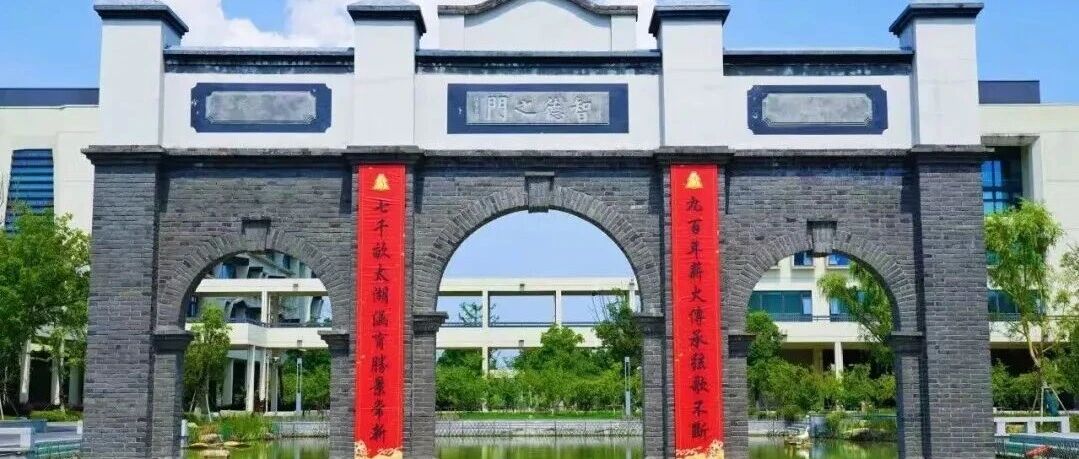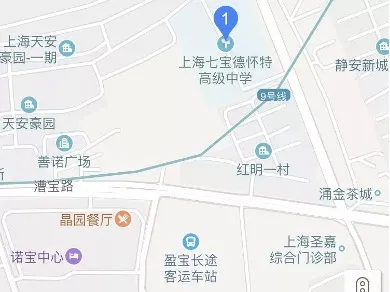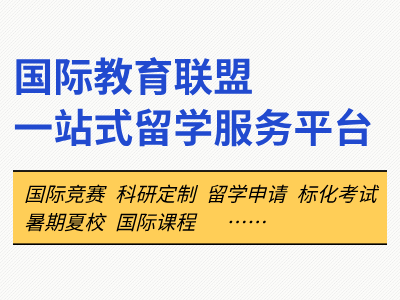秋季赛正在进行时
PF的辩手们已经在赛场上历练过了
还是仍在为即将到来的比赛全力准备呢?
不管怎样都别担心,补给来了!
今天我们特别为大家开启
秋季PF辩题锦囊系列
第一期首先从“MERCOSUR”出发
为大家细细拆解
拉丁美洲区域贸易一体化的典范与困境
希望本期内容能够为大家带来
崭新的视角与思考~
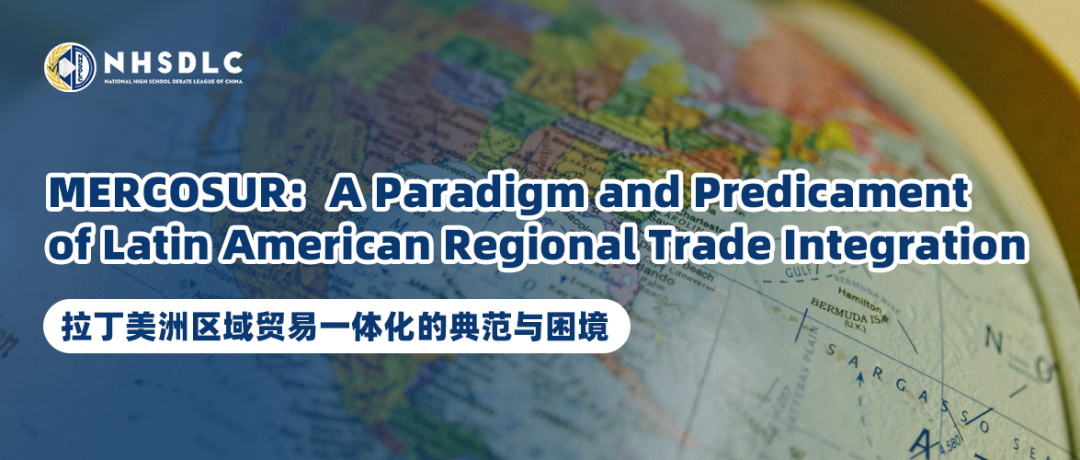
南方共同市场(MERCOSUR)的起源可以追溯到1980年代中期的民主化浪潮,尤其是以阿根廷与巴西通过1985年《伊瓜苏宣言》及后续双边协议的和解为标志。1991年的《亚松森条约》正式奠定了集团基础,促进货物、服务、人员和资本在成员国间的自由流动。1994年的《奥罗普雷托议定书》确立了关税同盟,自1995年起实施共同对外关税(CET),并设立了共同市场理事会等核心机构。
MERCOSUR's origins lie in the mid-1980s democratization wave, sparked by Argentina and Brazil's rapprochement through the 1985 Iguaçú Declaration and subsequent bilateral pacts. The 1991 Treaty of Asunción formalized the bloc for free movement of goods, services, people, and capital among the founders. The 1994 Protocol of Ouro Preto established the customs union with a common external tariff (CET) from 1995 and key institutions like the Common Market Council.
南共市的扩展步伐也不容忽视:1996年智利和玻利维亚成为准成员国,2012年委内瑞拉成为正式成员(后被暂停);巴拿马近期成为准成员国。这一切延续了拉美早期的整合努力,如1960年的拉美自由贸易协会(LAFTA)和1980年代的拉美一体化协会(ALADI),目标都是为了实现更广泛的大陆团结与合作。
Expansion included associates like Chile and Bolivia in 1996, Venezuela's full membership in 2012 (later suspended),, and Panama's recent associate status. This builds on earlier Latin American efforts like LAFTA (1960) and ALADI (1980s), aiming for broader continental unity.
在巅峰时期,南共市如同拉美合作的强劲引擎,见证了邻国之间的携手共荣。尽管受到新冠疫情冲击,其内部贸易额还是从1990年的40亿美元激增至2022年的460亿美元。通过取消内部关税并实施共同对外关税(CET)统一政策,巴西和阿根廷的蓬勃贸易贡献了集团90%的GDP。
In its heyday, MERCOSUR was like a turbo engine for Latin American teamwork, proving that neighbors could join forces and thrive. Trade within the bloc exploded—from $4 billion in 1990 to $46 billion in 2022, despite COVID disruptions. Scrapping internal tariffs and imposing a CET (averaging 11-12%) unified policies, with Brazil and Argentina driving 90% of the GDP through booming exchanges.
更重要的是,南共市还促进了南美的民主进程,1998年的《乌斯怀亚议定书》允许对违反民主原则的国家暂停资格,如2012年的巴拉圭和持续至今的委内瑞拉。为区域内后独裁时代的政治稳定巩固了基础。
Beyond economics, it's a democracy guardian: The 1998 Ushuaia Protocol enables suspensions for violations, as with Paraguay in 2012 and Venezuela ongoing. This solidified post-dictatorship stability.

在全球舞台上,南共市签署了多项自由贸易协定,包括2007年与以色列、2017年与埃及、2023年与新加坡的协议。2024年达成的欧盟-南共市协议尤为亮眼,尽管目前正待批准,2025年10月欧盟提出针对进口的农民保障措施;2025年9月与欧洲自由贸易联盟(EFTA)的协定为3亿人口打开市场。南共市还于2025年10月重启与加拿大的自贸谈判。同时结构趋同基金(FOCEM)2024年投入3亿美元,资助巴拉圭和乌拉圭等较小成员国的基础设施建设。
Globally, MERCOSUR seals deals like FTAs with Israel (2007), Egypt (2017), and Singapore (2023). Highlights include the EU-MERCOSUR agreement concluded in 2024, now in ratification with EU farmer safeguards proposed in October 2025 to address import concerns, and the September 2025 EFTA pact unlocking markets for 300 million people. MERCOSUR also resumed FTA talks with Canada in October 2025. The Structural Convergence Fund (FOCEM), with $300 million in 2024, funds infrastructure to aid smaller members like Paraguay and Uruguay.
这些成就使南共市成为一个区域内经济合作的优秀范例:提升竞争力,拓展伙伴关系,促进与拉美和加勒比国家共同体(CELAC)一致的团结。
These wins position MERCOSUR as a trailblazer: enhancing competitiveness, diversifying partners, and fostering solidarity aligned with CELAC.
然而,南共市虽然看似充满希望,内部却纷争不断。受保护主义和脆弱供应链的制约,内部贸易仅占总贸易的16%。经济危机时常引发国家之间的争端与壁垒,例如1999年巴西货币贬值和2001年阿根廷经济崩溃,这也让南共市很难形成一个真正的共同市场。
Yet, MERCOSUR often feels like a family reunion gone awry—full of promise but riddled with drama. Intra-bloc trade lingers at 16% of total, hindered by protectionism and weak supply chains. Economic crises, like Brazil's 1999 devaluation and Argentina's 2001 collapse, sparked disputes and barriers, stalling a true common market.
南共市依赖协商一致的政治体系也导致其经常性的陷入决策僵局。此前乌拉圭推动与中国的双边协议及加入跨太平洋伙伴关系协定(TPP),遭到阿根廷的强烈反对,总统米莱甚至扬言退出区域联盟。另外,委内瑞拉的成员身份中止体现出其内部民主原则落实的艰难,而玻利维亚的加入又增添了新的复杂局面。
Consensus-driven politics breed gridlock, with Uruguay pushing bilateral deals with China and the TPP against Argentina's resistance, and President Milei's withdrawal threats. Venezuela's suspension underscores democratic enforcement struggles, while Bolivia's integration adds complexity.
对外层面,与美国、韩国等主要经济体的经贸磋商久拖未决;更早提出的“泛美自由贸易区”(FTAA)也在2005年最终宣告失败。2020年新冠疫情的冲击使拉美与加勒比地区经济整体萎缩约7%,进一步暴露出跨国协调的薄弱环节。
Externally, trade negotiations with the United States, South Korea, and China have remained deadlocked; meanwhile, the Free Trade Area of the Americas (FTAA) initiative ultimately failed in 2005. The COVID-19 shock of 2020 caused the Latin American and Caribbean region’s GDP to contract by roughly 7%, further exposing the fragility of inter-state coordination.
这些现象反映了拉丁美洲在区域一体化进程中的困境:国家之间巨大的财富差距、对初级商品出口的高度依赖,以及缺乏有效的超国家机构——共同导致了所谓的“一体化疲劳”
These reflect Latin America's integration woes: wealth gaps, commodity reliance, and a lack of supranational bodies, fostering "integration fatigue."
南共市的“双重性格”正是拉丁美洲区域主义悖论的缩影——它既证明了一体化如何能在一个长期分裂的地区催生增长与稳定,又能从中看到国家主权争端、发展不平衡与外部依附如何反过来阻碍这个进程。从理论上看,它的演进路径契合贝拉·巴拉萨(Béla Balassa)提出的经济一体化阶段模型:由自由贸易区起步,进而发展为具有共同对外关税(CET)的关税同盟,但在迈向共同市场的过程中因政策协调不彻底与缺乏超国家权威而止步不前。与拥有欧盟委员会和欧洲议会等强大制度支撑的欧盟不同,南共市采取政府间模式,这种结构使得巴西等大国掌握更强主导权,但往往代价是牺牲南共市作为一个整体的凝聚力。
MERCOSUR's split personality encapsulates the paradoxes of Latin American regionalism—a testament to how integration can ignite growth and stability in a historically fragmented region, yet a stark warning of how national sovereignties, developmental asymmetries, and external dependencies can thwart progress. Theoretically, it aligns with Bela Balassa's stages of economic integration: starting as a free trade area, advancing to a customs union with the CET, but faltering on the path to a common market due to incomplete policy harmonization and absent supranational authority. Unlike the EU's robust institutions, like the European Commission and Parliament, MERCOSUR's intergovernmental model empowers larger members like Brazil, often at the expense of cohesion.
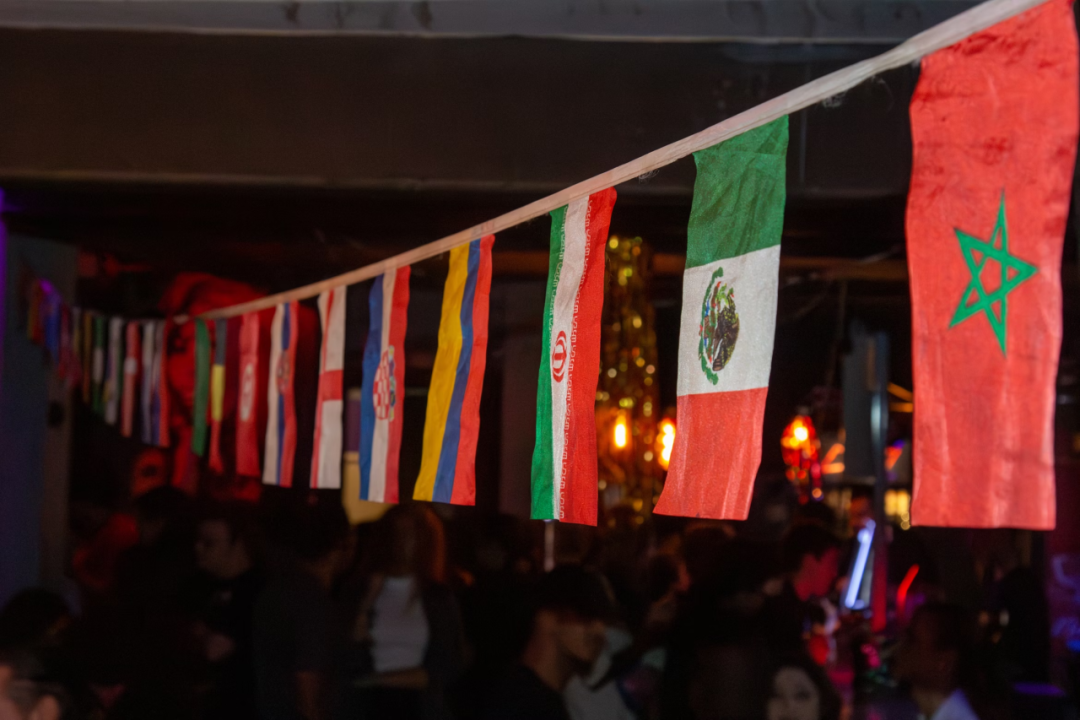
相较之下,南共市在区域一体化的深度上明显落后于其他的区域性联盟。由智利、哥伦比亚、墨西哥和秘鲁组成的太平洋联盟(Pacific Alliance)以开放市场与亚太联系为导向,通过股票市场一体化与成员间免签政策,实现了更高层次的区域融合——而这些正是南共市所举步维艰的领域。与此同时,安第斯共同体(Andean Community)虽同样面临发展不对称的结构性问题,却在“共同体公民身份”与“统一护照”等制度安排上取得了显著进展。此外,南共市内部贸易仅占其总贸易的约16%,与欧盟高达60%的内部贸易比重相比,差距明显。这一数字凸显出在商品繁荣背景下被忽视的潜力:例如,大豆与牛肉等初级农产品出口在贸易中长期占据主导地位,而制造业产品则因全球价格波动而显得脆弱。
Comparatively, MERCOSUR lags behind its peers. The Pacific Alliance (Chile, Colombia, Mexico, Peru) emphasizes open markets and Asia-Pacific ties, achieving deeper integration through stock market unification and visa-free travel—areas where MERCOSUR stumbles. The Andean Community, meanwhile, grapples with similar asymmetries but has advanced in community citizenship and a common passport. MERCOSUR's intra-trade share (16%) pales against the EU's 60%, highlighting untapped potential amid commodity booms; for instance, soy and beef exports dominate, leaving manufacturing vulnerable to global price swings.
从地缘政治角度来看,南共市正努力在多极化的全球格局中寻求定位。然而,内部裂痕依旧明显:乌拉圭积极推进与中国的自由贸易协定谈判,而阿根廷的自由意志主义政策转向则可能进一步削弱区域共识。这种分化趋势呼应了拉美区域贸易中“意大利面碗效应”(spaghetti bowl effect)——即重叠的双边与多边协议网络使贸易体系日益复杂化。
Geopolitically, MERCOSUR navigates a multipolar world. Yet, internal rifts—Uruguay's China FTA pursuit or Argentina's libertarian shifts—risk fragmentation, echoing the "spaghetti bowl" of overlapping agreements that complicate trade.
从经济层面来看,结构性的不对称正在加剧南共市成员国之间的割裂。巴西的国内生产总值(GDP)约为巴拉圭的40倍,这种悬殊差距使得内部的不满不断滋生与累积。尽管结构收敛基金(FOCEM)在一定程度上发挥了缓冲作用,但其每年约3亿美元的资金规模远不足以弥合基础设施上的鸿沟。世界银行2023年的一项研究指出,更深层次的一体化有望使区域年均GDP增长提高2%至3%,然而,在民粹主义情绪蔓延的背景下,政治推动力正逐渐消退。在“后新自由主义”时代,南共市的韧性体现在其灵活性上——即在保持集体谈判机制的同时,允许成员国与外部伙伴签署双边协定——如近期与加拿大的谈判。最终,南共市的命运将检验拉丁美洲能否摆脱“资源诅咒”的依附性,实现包容性增长,抑或陷入全球市场内边缘化的循环之中。
Economically, asymmetries exacerbate predicaments. Brazil's GDP dwarfs Paraguay's by 40 times, breeding resentment; FOCEM helps, but its $300 million pales against the needs for infrastructure to bridge the gap. A 2023 World Bank study notes that deeper integration could boost GDP by 2-3% annually, yet political will wanes amid populism. In a post-neoliberal era, MERCOSUR's resilience lies in flexibility—allowing bilateral deals while maintaining collective bargaining, as seen in recent Canada talks. Ultimately, its fate tests Latin America's ability to transcend "resource curse" dependencies, fostering inclusive growth or succumbing to global marginalization.
从根本上说,南共市依然是拉丁美洲团结进程中不可或缺的一部分。它在贸易增长与民主保障机制的成果上可圈可点;而其困境,则根源于内部纷争与制度障碍。展望未来,欧盟协定的批准进程、与欧洲自由贸易联盟(EFTA)及加拿大的谈判,或将为南共市注入新的活力,在“团结”与“灵活”之间寻求平衡。然而,要真正实现区域复兴,仍需通过强化结构收敛基金(FOCEM)、推进超国家机构改革以及落实可持续政策来弥合发展不对称。南共市的演进,将成为检验拉丁美洲能否突破旧有桎梏、实现持久繁荣的关键标尺。
At its core, MERCOSUR endures as a flawed but essential heartbeat of Latin American unity. Its paradigm shines in trade surges and democratic safeguards; its predicament in bickering and hurdles. Forward, the EU ratification push, EFTA deal, and Canada negotiations could revitalize it, blending unity with flexibility. Yet, tackling asymmetries via bolstered FOCEM, supranational reforms, and sustainable policies is crucial. MERCOSUR's evolution will decide if Latin America breaks old barriers for enduring prosperity.


